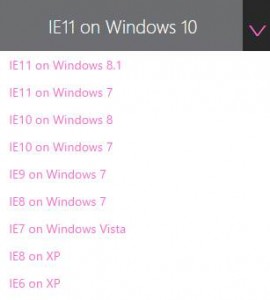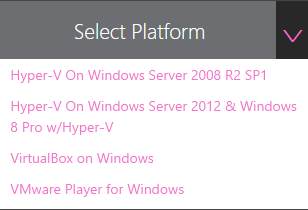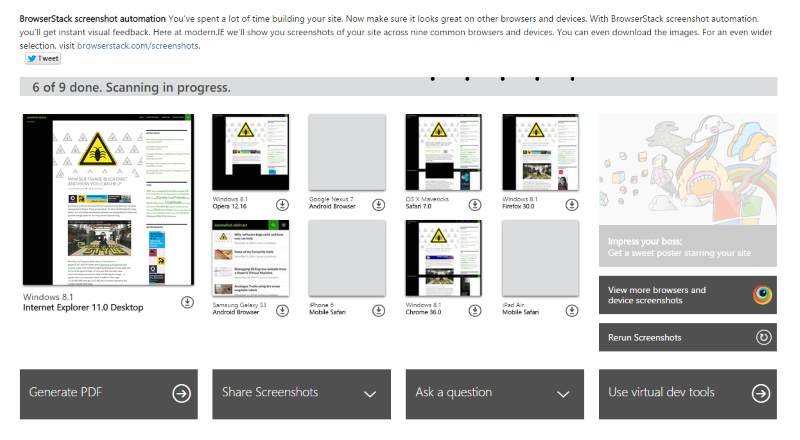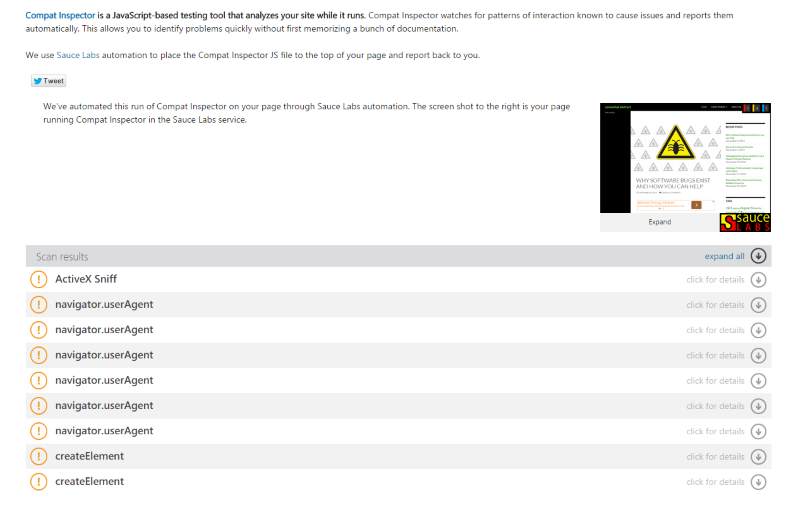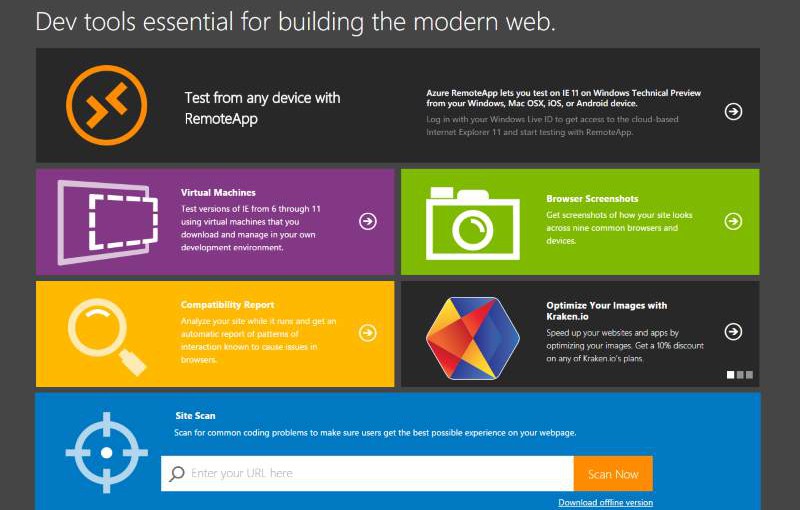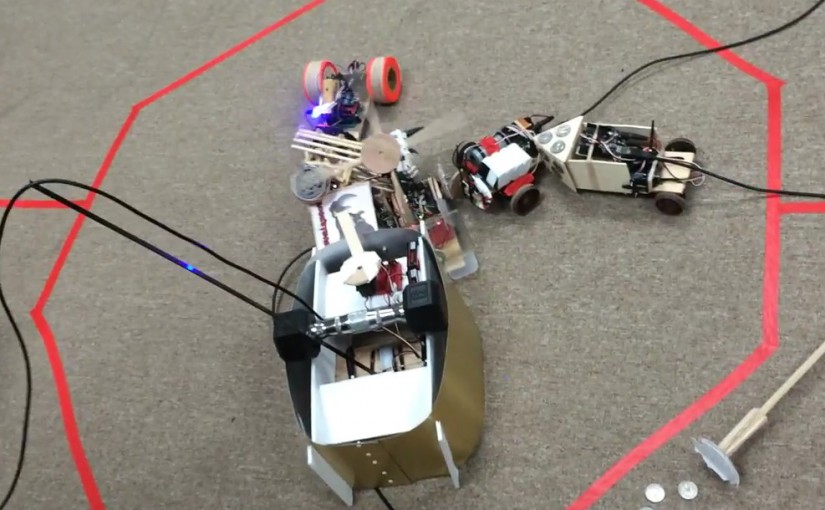onbeforeunload
I have been working on an add-on for one of our products that includes some data entry components. As part of this, I wanted to make sure that any changes to the data were saved before the user lost interest and went searching the Internet for cat pictures. I quickly turned to the window.onbeforeunload event.
The onbeforeunload event is the last chance for a website to get the user's attention before they have navigated away to something more shiny or sparkly. In AngularJS, since a real navigation is not going to occur in a single-page application, two events are provided, $locationChangeStart and $locationChangeSuccess, that can be used to similarly intercept in-app navigations.
Through onbeforeunload and the subsequent browser-based dialog, or the AngularJS events and a subsequent app-based dialog, the user is given the opportunity to cancel the navigation and address something important like unsaved data or a cute cat photo that they almost missed.
So, with events available to intercept navigation, I started hooking them up in all the places that needed them. A directive here, a factory there; before long I was duplicating almost the same code in nearly 20 places. There had to be a better way, so I created the saNavigationGuard service.
saNavigationGuard
The saNavigationGuard service provides consumers with the ability to register callbacks, known as guardians, that will be called if a navigation event is detected. If a guardian wishes to prevent that navigation, it returns a message explaining why. The saNavigationGuard then signs up to the relevant events and when they occur, asks each guardian if it should go ahead. Whichever guardian returns a string first, wins, and the guardian acts accordingly to prevent the navigation.
In the case of onbeforeunload , the browser continues the event handling by offering the user a choice to continue or cancel the navigation. In the case of the $locationChangeStart event, this part must be handled by the application. We will come back to how in another post; for right now, let's just look at the onbeforeunload scenario.
Here is the saNavigationGuard factory declaration:
angular.module('somewhatabstract').factory('saNavigationGuard', ['$window', function($window) {
var guardians = [];
var onBeforeUnloadHandler = function(event) {
var message;
if (_.any(guardians, function(guardian) { return !!(message = guardian()); })) {
(event || $window.event).returnValue = message;
return message;
} else {
return undefined;
}
}
var registerGuardian = function(guardianCallback) {
guardians.unshift(guardianCallback);
return function() {
var index = guardians.indexOf(guardianCallback);
if (index >= 0) {
guardians.splice(index, 1);
}
};
};
if ($window.addEventListener) {
$window.addEventListener('beforeunload', onBeforeUnloadHandler);
} else {
$window.onbeforeunload = onBeforeUnloadHandler;
}
return {
registerGuardian: registerGuardian
};
}]);
First thing to note is on line 6 where I have used the any method from underscore (or lodash). This calls a predicate for each element in an array until the predicate returns true. In this case, we are passing our array of guardians and the predicate is calling that guardian to see if it currently wants to stop navigation. If it does, it will return a message.
If one of the guardians returns a message, the message it returns is captured and the predicate returns true. The message is then passed to the event so that the browser will show its dialog. If no guardian returns a message, then the browser is allowed to continue with the navigation unhindered (at least by this code).
Because of how factories are instantiated in Angular, the initialization code that actually signs-up to the onbeforeunload event only occurs once per Angular application. So, injecting this factory into your directives, factories, etc. means the event handling will be initialized just once. This gives a central point to control interception of navigation while allowing individual components to prevent navigation for their own reasons.
Usage
Here is a simple example of how this might be used:
angular.module('somewhatabstract').controller('saEditorThingyCtrl', ['$scope', 'saNavigationGuard', function($scope, saNavigationGuard) {
var editing = false;
var navigationGuardian = function() {
return editing ? "Edit in progress" : undefined;
};
saNavigationGuard.registerGuardian(navigationGuardian);
$scope.startEdit = function(){
if (editing) return;
editing = true;
// Stuff happens
};
$scope.endEdit = function() {
if (!editing) return;
editing = false;
};
}]);
Of course, this is a contrived example but it illustrates how easy it is to put the saNavigationGuard to work. In fact, if you didn't want your guardian to be called all the time because you knew it usually would not block navigation, you could only have it registered when needed.
...
var unregisterGuardian;
$scope.startEdit = function(){
...
unregisterGuardian = saNavigationGuard.registerGuardian(navigationGuardian);
...
};
$scope.endEdit = function() {
...
unregisterGuardian();
unregisterGuardian = undefined;
...
};
...
This ability to register and unregister guardians brings me to my second noteworthy aspect of saNavigationGuard. When registering a new guardian, it is added to the start of the array of guardians rather than the end. This is because, in my use case, the more recently registered guardians are often the most urgent. I suspect this may be common for most uses.
Finally…
This post is the first in a series covering some useful things I have created in my experiences with AngularJS. In the posts to follow, I will be covering how we can expand saNavigationGuard to cover in-app navigation and how we can intercept web requests to provide both navigation guards and busy indication.
I hope you find the saNavigationGuard factory as useful as I have on my current project where I have guardians for active edits and when there are pending POST, PUT or DELETE requests.
If you use this or anything else that I have written about in your project or want to suggest some tweaks or alternatives, please don't forget to leave a comment.

